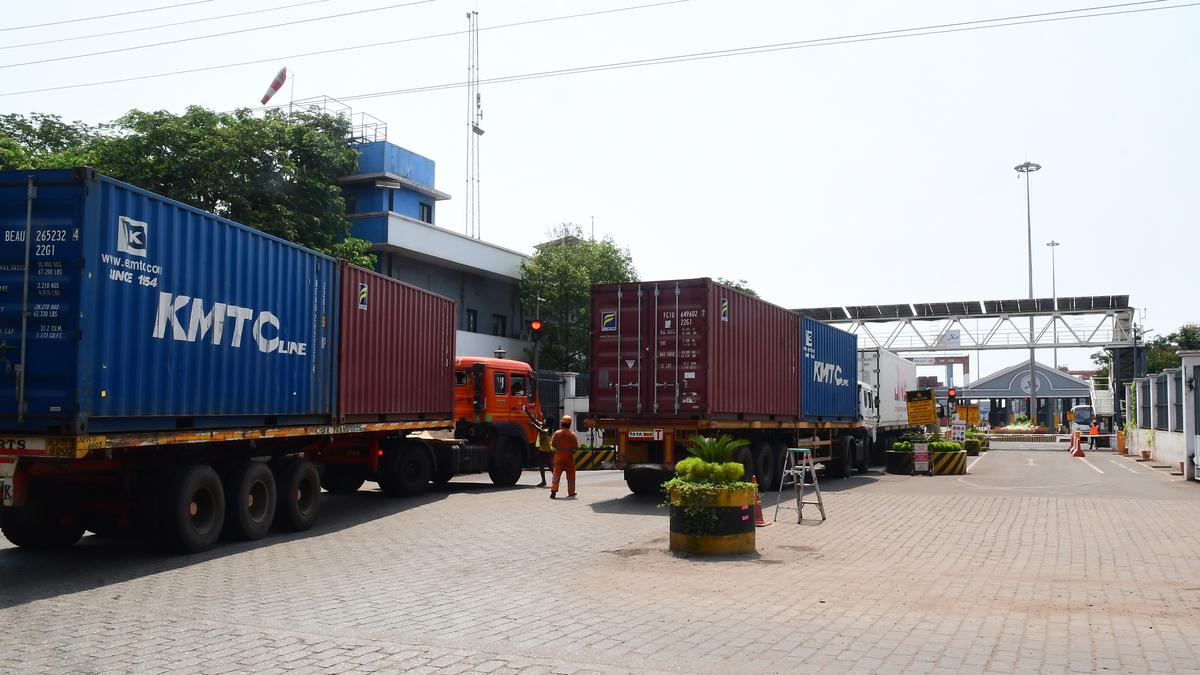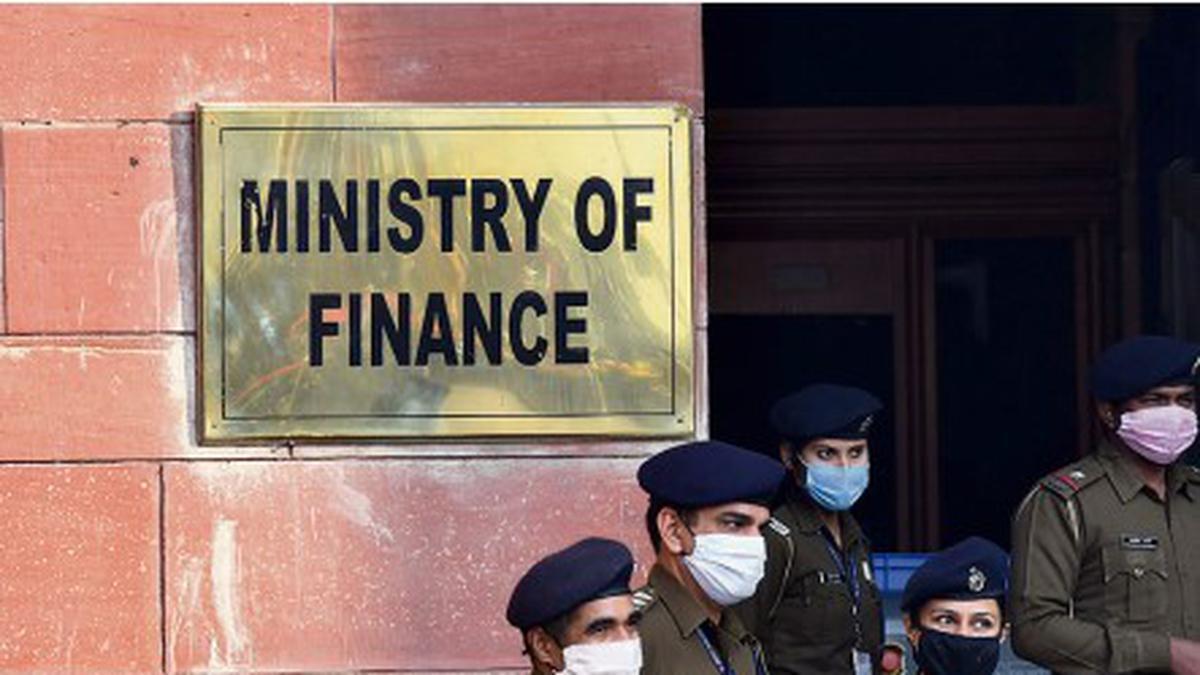Detailed Overview of Various Types of ATMs and their working in India

In the evolving landscape of banking in India, ATMs play a crucial role in providing convenience and accessibility to customers. Various types of ATMs have emerged to meet specific financial needs and regulatory requirements. Here’s a comprehensive look at the different types of ATMs in India:
White Label ATMs (WLAs)
White Label ATMs are operated by non-bank entities and do not display the branding of any particular bank. Instead, they are operated under the label of a non-banking financial company (NBFC) or a third-party service provider.
Key Features:
- Ownership and Operation: Owned and managed by private entities, such as NBFCs or independent operators, with no direct association with a specific bank.
- Regulatory Framework: Authorized under the Payment and Settlement Systems Act, 2007, by the Reserve Bank of India (RBI). These operators must obtain separate licenses from the RBI.
- Functionality: While the ATM machines do not carry the branding of a particular bank, they allow customers of various banks to access their accounts. Cash is provided by a sponsoring bank, and transactions are facilitated through established networks.
- Purpose: To increase ATM access in underserved areas, thereby promoting financial inclusion and offering banking services to a broader population.
Advantages:
- Enhanced Financial Inclusion: Helps in extending banking services to remote and underserved areas.
- Cost Efficiency for Banks: Banks can access more ATMs without investing in infrastructure, as the WLA operators handle the setup and maintenance.
Example: Tata Communications Payment Solutions Limited (Indicash) is a notable player in this segment.
Brown Label ATMs (BLAs)
Brown Label ATMs are operated where the ATM hardware and lease are owned by a third-party service provider, but cash management and connectivity to banking networks are provided by a sponsor bank.
Key Features:
- Ownership and Operation: The service provider owns the ATM machine, arranges for its placement, and manages the infrastructure. The sponsor bank provides the cash and network connectivity.
- Branding: These ATMs carry the branding of the sponsor bank, although they are not owned by the bank itself.
- Regulatory Framework: The RBI is not directly involved in the operations but ensures that the banks and service providers adhere to the necessary regulations through contractual obligations.
Advantages:
- Cost Savings: Banks can avoid the high capital expenditure associated with ATM ownership and maintenance.
- Operational Efficiency: Allows banks to focus on their core activities while outsourcing ATM management to specialized providers.
Example: Several banks in India utilize Brown Label ATMs to expand their ATM network cost-effectively.
Green Label ATMs
Green Label ATMs are specifically designed to cater to agricultural transactions, facilitating banking services for farmers and agricultural workers.
Key Features:
- Purpose: Focused on providing financial services related to agriculture, such as subsidies, loans, and direct benefits transfers.
- Design and Location: Often located in rural areas and regions with high agricultural activity to ensure accessibility for farmers.
- Special Services: May offer specialized features tailored to the needs of agricultural transactions.
Advantages:
- Targeted Financial Inclusion: Helps in reaching the agricultural community with tailored financial products and services.
- Improved Access: Enhances the accessibility of banking services in rural and agricultural zones.
Example: Some banks and financial institutions set up Green Label ATMs in agricultural regions to support the farming community.
Orange Label ATMs
Orange Label ATMs are dedicated to facilitating share transactions, catering to the needs of investors and traders.
Key Features:
- Purpose: Specially designed to handle transactions related to the stock market, such as buying and selling shares.
- Integration: Often integrated with stock exchange platforms to provide real-time transaction capabilities.
- Location: Typically located in financial hubs and areas with high investor activity.
Advantages:
- Enhanced Trading Facilities: Provides a convenient and direct means for investors to conduct share transactions.
- Specialized Services: Offers features tailored to the needs of traders and investors, improving efficiency.
Example: These ATMs are less common but may be found in major financial districts and investment centers.
Yellow Label ATMs
Yellow Label ATMs are set up for e-commerce transactions, supporting online shopping and payment services.
Key Features:
- Purpose: Facilitates transactions related to online shopping, bill payments, and other e-commerce activities.
- Integration: Often linked with e-commerce platforms and payment gateways to support a wide range of online transactions.
- Location: Generally placed in areas with high consumer traffic and commercial activity.
Advantages:
- Convenience: Provides a convenient means for customers to perform e-commerce transactions without needing to use traditional online payment methods.
- Broadened Access: Enhances the accessibility of e-commerce services to a larger audience.
Example: Some modern ATMs in urban areas are equipped with features for e-commerce transactions.
Pink Label ATMs
Pink Label ATMs are designed specifically for women, offering a safe and secure environment for female customers.
Key Features:
- Purpose: Address safety concerns by providing ATMs monitored by security personnel to ensure women can access banking services without fear.
- Location: Typically placed in areas where women are likely to use them, such as near women’s hostels, shopping areas, and residential neighborhoods.
- Security: Monitored by guards and may have additional safety features to ensure a secure transaction environment.
Advantages:
- Safety and Security: Provides a safer banking environment for women, reducing the risk of harassment and ensuring their security.
- Improved Accessibility: Enhances convenience and safety for female customers in accessing banking services.
Example: Pink Label ATMs are part of initiatives to promote gender safety and improve access to financial services for women.
Biometric ATMs
Biometric ATMs use advanced security features, such as fingerprint or iris scanners, to authenticate users and provide access to banking services.
Key Features:
- Security: Utilizes biometric data for user authentication, enhancing security and reducing the risk of fraud.
- Technology: Equipped with fingerprint scanners, iris recognition, or other biometric technologies to verify the identity of the user.
- Location: Often found in high-security areas or institutions that require enhanced security measures.
Advantages:
- Enhanced Security: Provides a higher level of security compared to traditional PIN-based systems, reducing the risk of unauthorized access.
- Convenience: Offers a more convenient and faster method of authentication for users.
Example: Some banks have implemented Biometric ATMs in high-security locations to offer enhanced security features.
The Evolution and Impact of ATMs in India
In recent years, the ATM landscape in India has experienced significant growth, particularly in urban areas. This expansion reflects a broader trend of digital banking adoption and financial inclusion across the country.
As more people lead busy lives, there has been a noticeable shift in banking behavior, with customers increasingly relying on ATMs for routine transactions rather than visiting bank branches. This trend is driven by the convenience and accessibility that ATMs offer, making them an essential part of India’s financial ecosystem.
Different Types of ATMs in India
India’s diverse banking needs have led to the development of various types of ATMs, each designed to serve specific purposes:
- White Label ATMs (WLAs): These ATMs are owned and operated by non-bank entities and are authorized by the Reserve Bank of India (RBI) under the Payment and Settlement Systems Act, 2007. WLAs do not carry the branding of any particular bank and are designed to enhance financial inclusion by offering banking services in areas where traditional bank ATMs may not be present. The cash in these ATMs is provided by a sponsor bank, and the operators earn fees from banks for ATM usage by their customers.
- On-Site ATMs: Located within or near bank branches, these machines are often the most secure and are directly managed by the bank.
- Brown Label ATMs (BLAs): In the Brown Label ATM model, the ATM hardware and lease are owned by a service provider, while the bank (sponsor bank) manages cash and network connectivity. These ATMs display the branding of the bank but are not directly owned by them. This model allows banks to expand their ATM network without incurring the full costs associated with ATM ownership, making it a cost-effective solution.
- Green Label ATMs: These ATMs are specifically designed for agricultural transactions, providing farmers with easy access to banking services tailored to their needs.
- Orange Label ATMs: Primarily used for share transactions, these ATMs cater to investors and traders, offering specialized financial services.
- Off-Site ATMs: Placed in convenient locations like shopping malls, airports, or gas stations, these ATMs provide accessibility outside of bank premises.
- Yellow Label ATMs: Set up for e-commerce purposes, Yellow Label ATMs support online shopping and payment services, reflecting the growing importance of digital commerce in India.
- Pink Label ATMs: These ATMs are designed exclusively for women and are monitored by security personnel to ensure safety. The primary goal of Pink Label ATMs is to reduce the time women spend waiting in line and provide a secure environment for banking transactions.
- Cash Dispenser ATMs: Simpler machines that only allow cash withdrawals and balance inquiries.
- Biometric ATMs: Equipped with advanced security features like fingerprint and eye scanners, Biometric ATMs offer enhanced security for customers, ensuring that only the account holder can access their banking information.
Key Factors Driving the Growth of Brown Label ATMs in India
The growth of Brown Label ATMs (BLAs) in India is driven by several key factors:
- Cost Efficiency: Traditional ATMs require significant capital investment for purchasing and maintaining equipment. Brown Label ATMs, on the other hand, allow banks to outsource these responsibilities to specialized service providers, reducing their operational costs.
- Regulatory Influence: Compliance with RBI regulations can be challenging and costly for individual banks. By outsourcing ATM management to third-party providers, banks can more easily meet these regulatory requirements.
- Operational Streamlining: Outsourcing ATM operations allows banks to focus on their core activities, such as customer service and financial services, while the service provider handles the technical and logistical aspects of ATM management.
- Changing Perceptions: As the banking industry evolves, there is a growing recognition of the benefits of outsourcing ATM operations. Banks are increasingly viewing Brown Label ATMs as a modern, cost-effective way to expand their ATM networks.
Why Have Banks in India Shifted to Using Brown Label ATMs?
The shift towards Brown Label ATMs in India is driven by several factors:
- Cost Reduction: By leasing ATM infrastructure from third-party vendors, banks can avoid the high upfront costs associated with ATM ownership, including installation and maintenance expenses.
- Regulatory Compliance: Outsourcing ATM management to specialized service providers ensures that banks can efficiently meet RBI’s stringent regulations.
- Operational Streamlining: By delegating ATM management to third-party vendors, banks can focus on their core services, ensuring uninterrupted and up-to-date ATM operations.
- Technological Advancements: Service providers often bring cutting-edge technology to the table, allowing banks to offer advanced and secure ATM services without investing heavily in technology development.
Advantages of Brown Label ATMs Over Other Types of ATMs
Brown Label ATMs offer several advantages over other types of ATMs:
- Cost Savings: Banks save on capital and operational expenses by outsourcing ATM management to service providers.
- Efficient Resource Management: Banks can focus on their core operations and customer service, leaving ATM infrastructure management to experts.
- Scalability: Brown Label ATMs allow banks to expand their ATM networks quickly and cost-effectively.
- Enhanced Customer Reach: With reduced capital expenditure, banks can afford to place more ATMs in various locations, improving customer accessibility.
- Operational Efficiency: Specialized service providers ensure that ATMs are well-maintained and up-to-date, resulting in fewer downtimes and better customer experiences.
- Compliance and Security: Service providers ensure that ATMs meet the latest compliance and security standards, providing peace of mind for both banks and customers.
The Current Status and Future Outlook of Brown Label ATMs in India
Current Status: Brown Label ATMs have become a preferred solution for many banks in India. By outsourcing ATM infrastructure and management to third-party providers, banks can focus on their core banking activities while reducing operational costs.
Future Outlook: The growth of Brown Label ATMs in India is expected to accelerate in the coming years, driven by cost efficiency, regulatory factors, and the need for operational streamlining. As more banks adopt this model, the landscape of the ATM industry in India is set to change dramatically.
How Are Costs Shared in the Brown Label ATM Model?
In the Brown Label ATM model, costs are shared between the service provider and the bank:
- Initial Investment: The service provider handles the initial capital expenditure for setting up the ATM, including installation and hardware costs.
- Operational Costs: Banks compensate the service provider through a pay-per-transaction model or a fixed monthly fee. This ensures that banks only pay for the services they use.
- Cash Management: The service provider is responsible for stocking the ATM with cash, reducing the logistical burden on banks.
- Network Monitoring and Security: The service provider handles network monitoring, security, and maintenance, ensuring that the ATM operates smoothly and securely.
Key Points About the National Payments Corporation of India (NPCI)
Establishment:
- NPCI was established in December 2008 as an initiative by the Reserve Bank of India (RBI) and the Indian Banks’ Association (IBA).
Purpose:
- It serves as the umbrella organization for all retail payments and settlement systems in India.
- Aims to create a robust and efficient payment infrastructure to support and expand electronic payments in the country.
Regulatory Framework:
- Operates under the Payment and Settlement Systems Act, 2007.
- Acts as a central body for facilitating secure and efficient payment systems.
Major Initiatives of NPCI
- Unified Payments Interface (UPI): A real-time payment system that allows users to link multiple bank accounts and perform transactions seamlessly.
- Bharat Interface for Money (BHIM): A mobile app that simplifies digital payments and promotes financial inclusion.
- RuPay: A domestic card payment network that supports debit, credit, and prepaid card transactions.
- BharatQR: A QR code-based payment solution designed to enable easy and secure transactions.
- Aadhaar Enabled Payment System (AePS): Allows users to perform transactions using their Aadhaar number, including cash withdrawals and balance inquiries.
- National Automated Clearing House (NACH): Facilitates bulk transactions such as salaries, pensions, and utility bill payments.
Role in ATM Management:
- Oversees and links all ATMs in India, ensuring interoperability among various banks and financial institutions.
- Manages the shared ATM network, allowing seamless access to ATMs across different banks.
Operational Goals:
- Promote financial inclusion by expanding access to banking services in rural and underserved areas.
- Enhance the security and efficiency of payment systems through technological innovation and standardization.
Partnerships:
- Collaborates with banks, financial institutions, and technology providers to implement and maintain payment systems.
- Works with government agencies to integrate payment solutions with various public services.
Innovation and Development:
- Continuously works on developing new payment technologies and improving existing systems.
- Focuses on expanding digital payment adoption and ensuring a seamless payment experience for users.
Consumer Protection:
- Ensures compliance with security and privacy standards to protect users’ financial data and transactions.
- Provides mechanisms for dispute resolution and consumer support related to electronic payments.
Impact on the Economy:
- Plays a crucial role in driving the digital economy by facilitating efficient and secure financial transactions.
- Supports the government’s vision of a cashless economy and financial inclusion.
Conclusion
The rise of Brown Label ATMs in India reflects the banking industry’s ongoing evolution towards more cost-effective, efficient, and customer-centric solutions. By leveraging the expertise of third-party service providers, banks can expand their ATM networks, improve customer service, and maintain compliance with regulatory requirements—all while keeping operational costs in check. As the financial landscape in India continues to evolve, Brown Label ATMs are poised to play an increasingly important role in shaping the future of banking in the country.






































